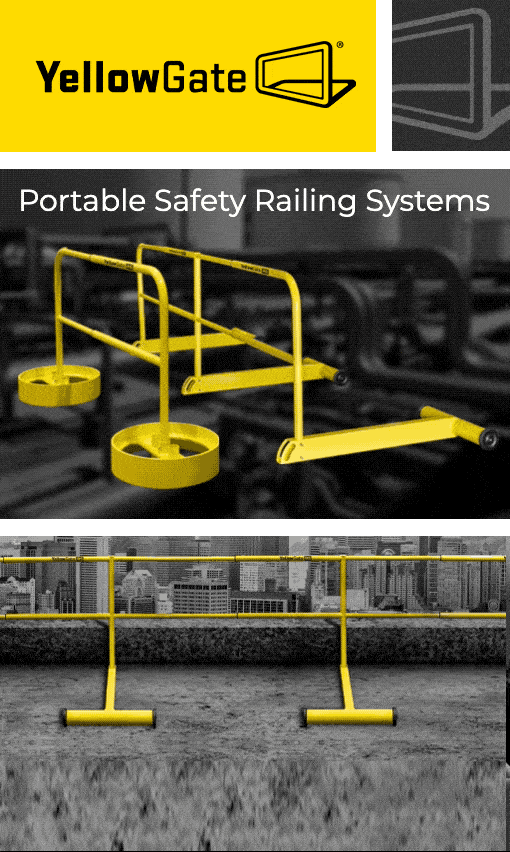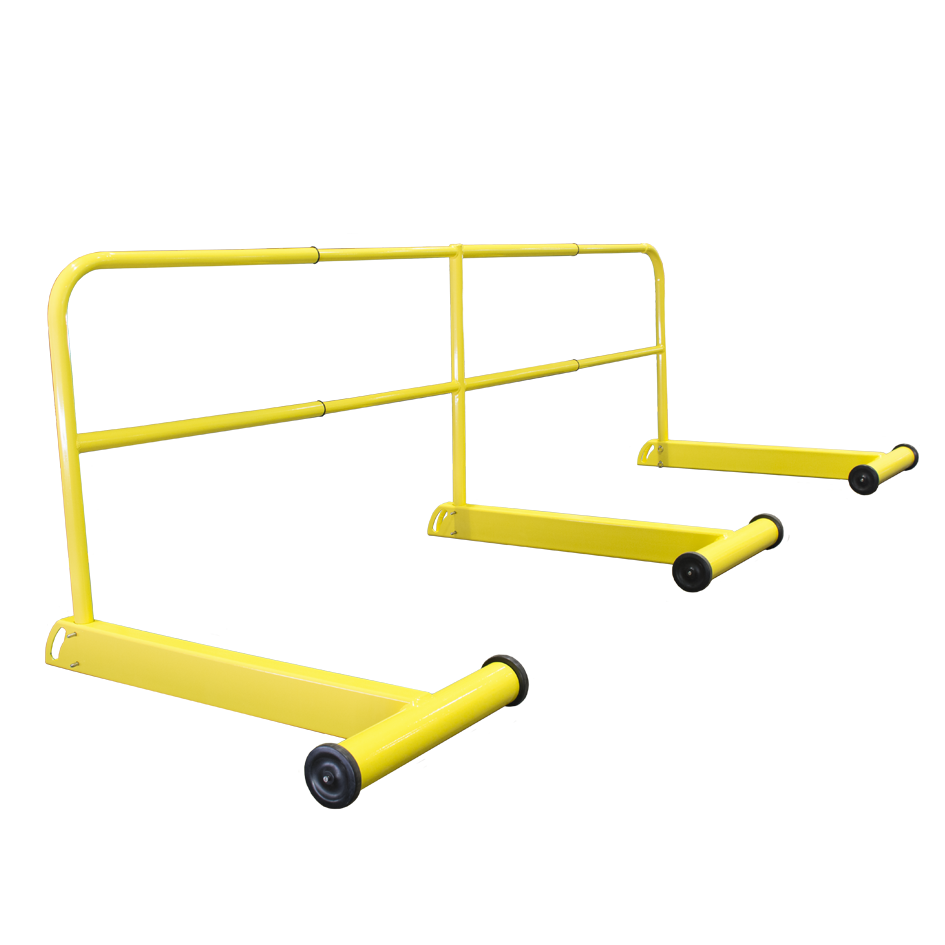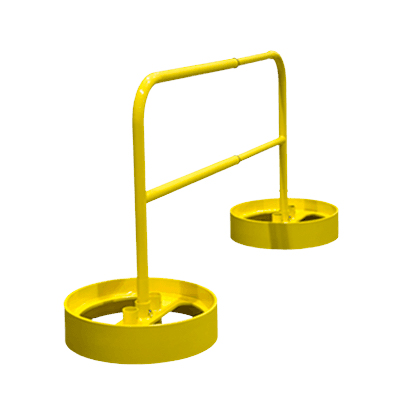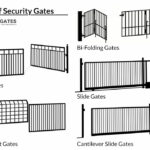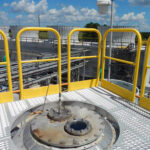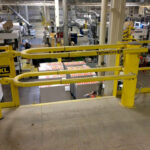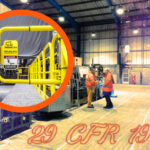Safety gates are essential in both situations for protecting people’s security and safety, whether youngsters or employees in a workplace. But a search engine can confuse the two.
Google’s search algorithms analyze the user’s query, location, and browsing history to return the most relevant results. When someone searches for the keyword “safety gate,” the algorithm may prioritize results relating to infant safety gates since they are searched for more frequently, have a greater online presence, and are in higher customer demand.
The fact that “safety gate” and “baby gate” are frequently used interchangeably in common speech may also influence the algorithm’s preference for infant safety gates in search results.

It is essential to remember that the outcomes of a search may vary depending on a range of circumstances and that the consequences may also change depending on the search engine used or the phrases entered. Suppose you’re especially looking for industrial swing gates. In that case, consider narrowing your search criteria or using more targeted search phrases to more effectively target your desired outcomes more.
For some reason, safety gates are crucial in both industrial settings and around children.
The Significance of Child Safety Gates
- Safety gates can keep kids out of places where they could be in danger of accidents or falls, including stairways or kitchens.
- Protect children from harm by installing safety gates around potential hazards like pools and stoves.
- Safety gates can restrict a child’s access to specific rooms or regions of the house, such as indoor gyms or bedrooms.
- Parents and other adults in charge of the care of children benefit greatly from installing safety gates because they can rest easy knowing that their kids under their care are protected.
Critical Role of Safety Gates in Manufacturing Facilities
- Safety gates can be used to ensure that only authorized individuals enter restricted areas and prevent unlawful entry.
- Safety gates can help reduce the risk of harm from moving machinery and other sources in industrial settings.
- Safety gates can restrict access to risky places like loading docks and construction sites.
- Reduce the danger of penalties or legal action by ensuring compliance with safety rules and standards with safety gates. Safety gates may assist in guaranteeing compliance with safety regulations and standards.
Differences in Durability and Features
Baby gates are often smaller and less durable than commercial swing gates since they are aimed at restricting entry for small kids rather than for commercial use. Baby gates are usually composed of lightweight materials like plastic or wood. They are built to fit regular entrances and hallways. On the other hand, industrial swing gates are significantly bigger, stronger, and made to resist severe use and safeguard against industrial dangers. They are generally constructed from sturdy materials like steel or aluminum. They are built to fit a range of apertures and locations.
Distinctive child-proofing elements are common in baby gates, including latches, locks, and pressure-mounted installations. Additional safety features may be found on certain baby gates. These characteristics include altering the gate’s width or height to fit various doorways and see-through mesh or plastic. Industrial swing gates may incorporate warning signs, locking systems, or automated shutting mechanisms to restrict illegal entry to dangerous areas. Guardrails and safety sensors are two examples of additional safety elements that may be installed to mitigate the risks posed by operating heavy machinery.
Baby gates are built to survive light use and mild weather conditions. They are intended to be used shorter, from infancy to toddlerhood. When youngsters become older and their requirements shift, they may eventually need to be replaced. In contrast, industrial swing gates are constructed from materials that can survive severe conditions, extreme temperatures, or extensive use like outdoor handicap ramps. They are normally built to survive considerably, requiring little upkeep.
For Safety & Protection
In various contexts, safety gates are a vital tool for helping to avoid accidents and protecting individuals from harm. They act as a physical barrier that prevents entry to specific locations, which can be crucial in hazardous situations like stairwells, swimming pools, and construction sites. Safety gates can lower the danger of falls, injuries, and other incidents by restricting access.
Safety gates are especially crucial in households with young children or animals. These can aid with keeping kids and pets in secure locations and preventing falls down stairs or other risks. Safety gates may also help keep dogs apart from each other or from guests who might feel uneasy with animals.
Workplace safety gates protect workers from potentially hazardous chemicals, procedures, and potentially harmful apparatus. Construction sites are another potential application for safety gates since they may restrict unwanted entry and shield employees from potential dangers.
As a whole, safety gates are an invaluable tool for reducing the likelihood of injury in several different contexts. Individuals and institutions may improve the world by installing and using safety gates according to the manufacturer’s guidelines and determining the type of gate best for a given occasion.
